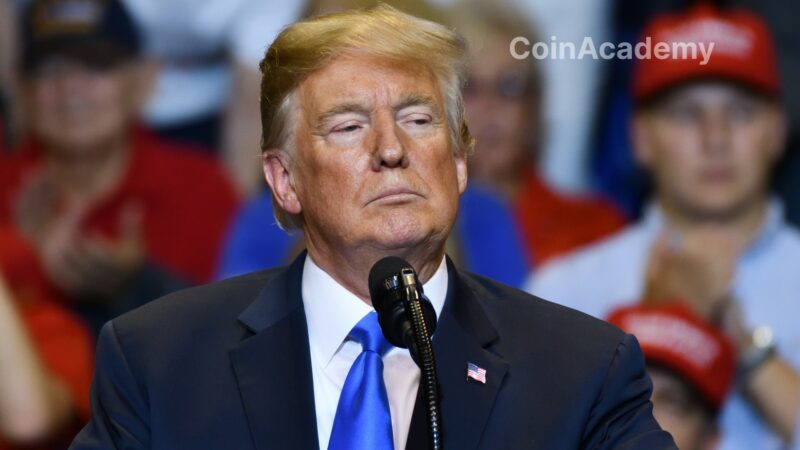The Central Bank of Bolivia officially qualifies cryptocurrencies as a “reliable solution” against fiat currency. This statement is part of a strategic agreement recently signed with El Salvador, the first country to make Bitcoin a legal tender.
The objective is to catch up, speed up crypto adoption, and break free from economic stagnation. A partnership that kicks in immediately, with no end date. Clearly, Bolivia is eager to move forward.
From prohibition to international partnership
In June 2024, Bolivia finally lifted its crypto ban after years of deadlock. The immediate result: within just three months, trading volumes reached 46.8 million dollars, more than double the previous monthly figures.
The momentum continues: by June 30, 2025, total volumes are nearing the $300 million mark.
This rapid transition is now framed by a memorandum of understanding signed by Edwin Rojas Ulo, interim president of the Central Bank of Bolivia, and Juan Carlos Reyes García, president of CNAD in El Salvador. Besides sharing crypto intelligence tools, the agreement includes collaboration on future public policies.
A direct response to a severe monetary crisis
Bolivia did not make this choice out of ideology but out of necessity.
Its foreign exchange reserves plummeted by 98% in a decade: from $12.7 billion in 2014 to only $165 million in April 2025. The country faces a severe shortage of currencies, hindering imports, and a scarcity of USD.
In March, the national oil company YPFB received authorization to use cryptocurrencies to pay for fuel imports. A strong signal from the Bolivian government: faced with a dollar shortage, stablecoins like USDT can be a fallback option.
Bolivians embrace change, at their own pace
In the streets, the boliviano remains the primary currency. But distrust is mounting. Some merchants are already displaying prices in Tether, and part of the population is turning to Bitcoin and stablecoins to preserve their purchasing power.
This shift is part of a broader trend in Latin America, where successive monetary crises have made cryptocurrencies a safe haven for the middle class and small businesses.
October: an election, a potential turning point
The timing of this agreement is not coincidental. On August 17, Bolivians will vote in a crucial presidential election. After two decades of socialist rule, the country could change course.
But according to predictions from Polymarket, there is only a 5% chance that a candidate will win in the first round. A second round is likely on October 19.
If a new pro-business government emerges, Bolivia’s crypto strategy could get a new lease of life… or be called into question.




